On This Day...March 11th
On March 11, 1944 the B-24 'Heaven Can Wait' took off from Nadzab Airfield No. 1 (she was on temporarily on loan to the 320th Bombardment Squadron 'Moby Dick' for use by 1st Lt Herbert G. Tennyson and his crew). The primary target on the outbound leg was Boram Airfield near Wewak.
Arriving over the primary target at 12:58pm, Boram Airfield was obscured by cloud so the B-24s from the 400th Bombardment Squadron and 320th Bombardment Squadron dropped a total of 48 x 1,000 pound bombs on "targets of opportunity".
Afterwards, the formation turned eastward and followed the north coast of New Guinea over the Stephan Strait toward the secondary target of anti-aircraft guns on Awar Point bordering Hansa Bay. At 2:01pm, Tennyson’s bomber plus two others from the 320th Bombardment Squadron turned south to begin their bomb run against the AA positions. The three bombers were flying at roughly 8,000 feet with Heaven Can Wait in the no. 3 position.
Soon after turning toward the target and while still some distance away, the three planes flew into a barrage of anti-aircraft fire and Tennyson’s aircraft was hit. This occurred near the start of the bomb run and the B-24 initially maintained her course with the attacking formation. She then rose, banked slightly to the left, then gradually lost altitude in what soon became a dive. From being hit to crashing into the sea, three crew members were seen jumping or falling from the rear of the aircraft. No parachutes were spotted.
Staff Sgt Arnold S. Smith, 31155620 waist gunner aboard B-24D #917 report in MACR (unnumbered) - page 3:
"I was in M917 [B-24D #917], flying #2 position, with M216 [B-24D "Heaven Can Wait" 42-41216], flown by Tennyson, in #3 position. The formation approached to make a run. Off the point [Awar Point], before we got over land, flames started to pour from the front bomb bay of M216. I believe the fire was started from gasoline pouring over the fuselage from a fuel cell possibly hit by A/A. In 2 or 3 seconds flames enveloped the plane from the first bomb bay to the tail. The plane rose nose first and banked slightly to the left. Three men jumped or fell out of the rear of the plane (probably the camera hatch)."
"A fourth object also fell out but it appeared to be the camera. The first man wore no chute, and spread eagled straight down into the water. I saw a white streamer as if from a chute coming from the second man, but I did not see whether it opened. The third man was wearing a chute but I did not see it open. The tail assembly broke off and fell into the ocean. The plane banked left and drove in a slip into the water a quarter of a mile off the point."
"All four engines were running until the plane hit the water. There was fire in the water for some time after the plane hit, and after those flames were finally extinguished an oil slick was prominent. After the bombing run the formation circled to the right and endeavored with binoculars to see signs of survivors. I could see no evidence that bodies remained at the surface."
In October of 2017, a team from 'Project Recover' led by Eric Terrill with Mark Alan Moline, Andrew Pietruszka, Eric Gallimore, Bob Hess, Andy Nager and Brian Kim performed an underwater underwater survey looking specifically for underwater aircraft.
'Project Recover' mission statement;
"Project Recover is a collaborative effort to enlist 21st century science and technology in a quest to find and repatriate Americans missing in action since World War II, in order to provide recognition and closure for families and the Nation."
A noble cause.
After eleven days, the team located the debris field of a B-24 Liberator at a depth of 212 feet on a sandy sea floor. A Remotely Operated Vehicle (ROV) documented the wreckage including the nose turret, nose wheel, main landing gear leg, propeller and tail section with one vertical stabilizer.
'Heaven Can Wit' crew...
Pilot 1st Lt Herbert G. Tennyson, O-745216 320th BS (MIA / KIA) Sedgwick County, KS
Co-Pilot 2nd Lt Michael J. McFadden, Jr., O-806878 320th BS (MIA / KIA) Sarben, NE
Bombardier 2nd Lt Thomas V. Kelly Jr., O-752864 320th BS (MIA / KIA) Livermore, CA
Navigator 2nd Lt Donald W. Sheppick, O-808158 320th BS (MIA / KIA) Washington County, PA
Engineer T/Sgt Edward Gorvetzian, 32618088 320th BS (MIA / KIA) New York, NY
Radio T/Sgt Eugene J. Darrigan, 32662082 320th BS (MIA / KIA) Wappingers Falls, NY
Gunner T/Sgt Walter W. Graves, 17129162 320th BS (MIA / KIA) Parsons, KS
Gunner S/Sgt Donald W. Burd, 12162694 320th BS (MIA / KIA) Somerset County, NJ
Gunner S/Sgt Eugene A. Reinhardt, 35671016 320th BS (MIA / KIA) Hamilton County, OH
Gunner S/Sgt Paul W. Martin, 37181162 320th BS (MIA / KIA) Glenwood, MO
Photographer S/Sgt John W. Emmer Jr., 37021765 319th BS (MIA / KIA) Minneapolis, MN
Humber Mk II Armoured Car, 11th March, 1942
F4U Corsair 028 of VMF-223 taxis on the airstrip on Green Island on March 11th, 1944
Nice shot of the USS Tucker (DD-374) off the Mare Island Navy Yard, California, 11th March, 1942.
British M2A4 light tank, 11 Mar 1942
March 11th 1945 - Corsair (KD602 'S') flown by Sub-Lt D.A. Golding RNVR floats into barrier on board the HMS Arbiter en route to Australia.
On the morning of March 11th 1943, Fw190s from IV./JG5 fly escort to the battleship 'Tirpitz' and a screening fleet of destroyers and torpedo boats as they begin a voyage north to Bogen Bay during 'Operation Rostock.'
Thursday, 11th March 1943 2.45pm. The Ridge, Hastings, England. The Luftwaffe were engaged in intermittent 'Tip and Run' raids across southern England. The below is an eye witness account of mysterious bravery...
"In 1943 I was L.A.C.W. - Joan Howell, a 27 year old parachute packer in the WAAF."
"On this particular day I was home on leave visiting my mother who lived in a bungalow on the Ridge overlooking Hastings. At that stage of the war the RAF used to fly standing patrols over the south coast towns to combat the growing menace of German tip and run raiders. On regular duty over Hastings was a pair of Spitfires that came to be known by the locals as ‘Gert and Daisy'."
"Hearing the noise of low flying aircraft, I assumed it was the usual patrol and opened the front door to look across the valley towards Hastings. Flying towards me along the line of the Ridge, just above rooftop height, there were indeed two aircraft, but I realised instantly that instead of RAF roundels, these planes had black crosses on their sides, and from my aircraft recognition training, I identified them as Focke-Wulf 190s. As they came level with the house, they wheeled away and dived towards Silver Hill."
"I ran back into the house screaming to my mother and sister to take cover, which, in this sort of emergency, usually consisted of diving under the kitchen table. Several waves of enemy aircraft skimmed the roof of the house closely followed by the sound of cannon fire and loud explosions to the south."
"The aircraft were attacking Silver Hill in what would prove to be the most devastating air raid on Hastings of the entire war. In slightly less than ten minutes the Luftwaffe killed 38 people, seriously wounded a similar number and slightly injured 51."
"Whole rows of houses and shops were flattened, and witnesses were shocked and confused about exactly what had happened, although many of the survivors told of a lone soldier who had put up some heroic resistance. It seems that he was driving an army truck with a light anti-aircraft gun mounted on the back."
"The raiders struck as he was passing through the road junction at Silver Hill. He stopped in the middle of the crossroads, climbed into the back of his lorry, loaded his weapon and opened fire on the enemy. According to witnesses, successive waves of aircraft swept across the junction bombing and strafing. Despite explosions rocking his vehicle and a hail of shrapnel falling all around he continued to engage the enemy. When the raid was over he closed down his unit and drove off. Despite repeated attempts by the people of Silver Hill to find and thank this hero, he has never been seen or heard of since."
Cruiser Mk V Covenanter III tank, 11th March, 1942.
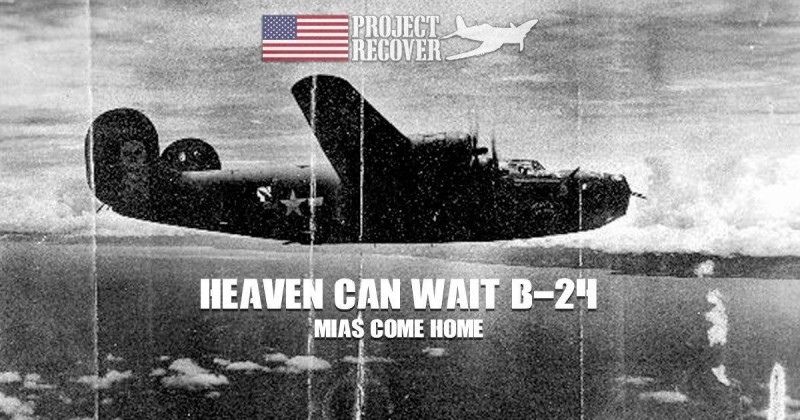
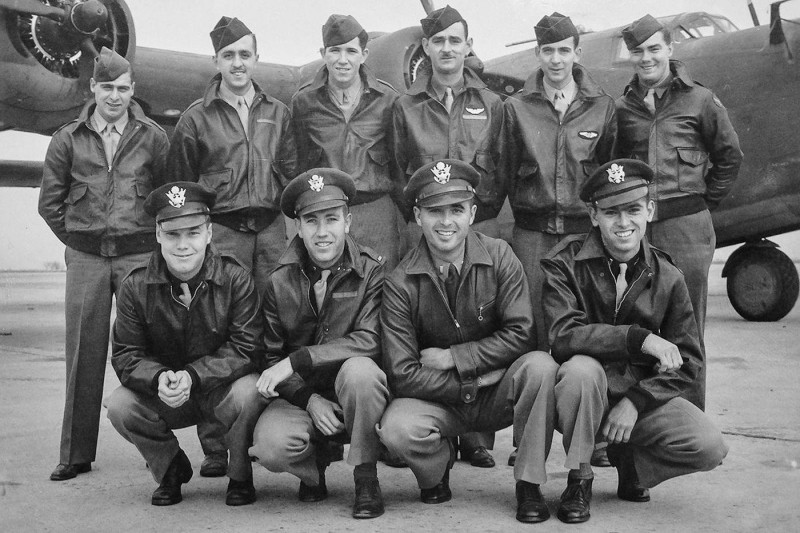
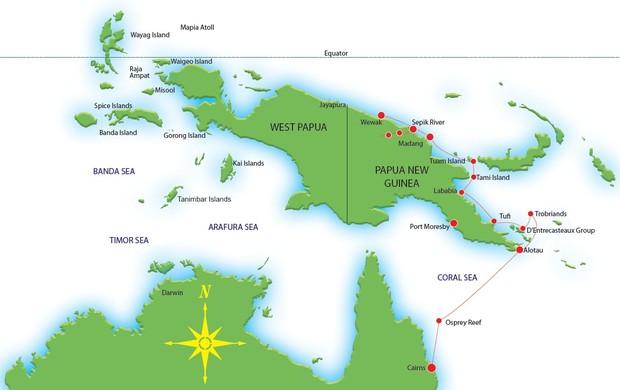
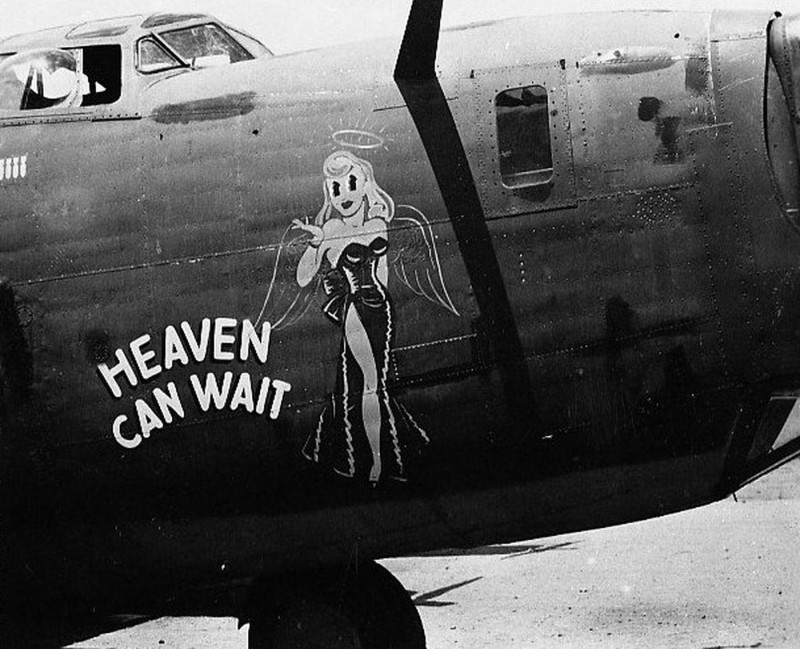
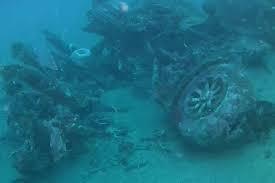

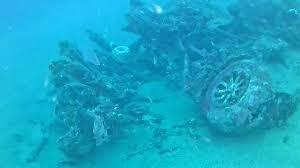
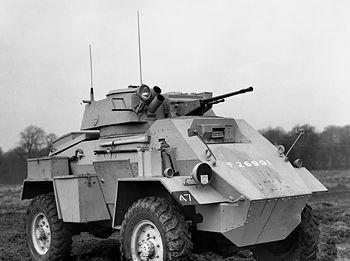
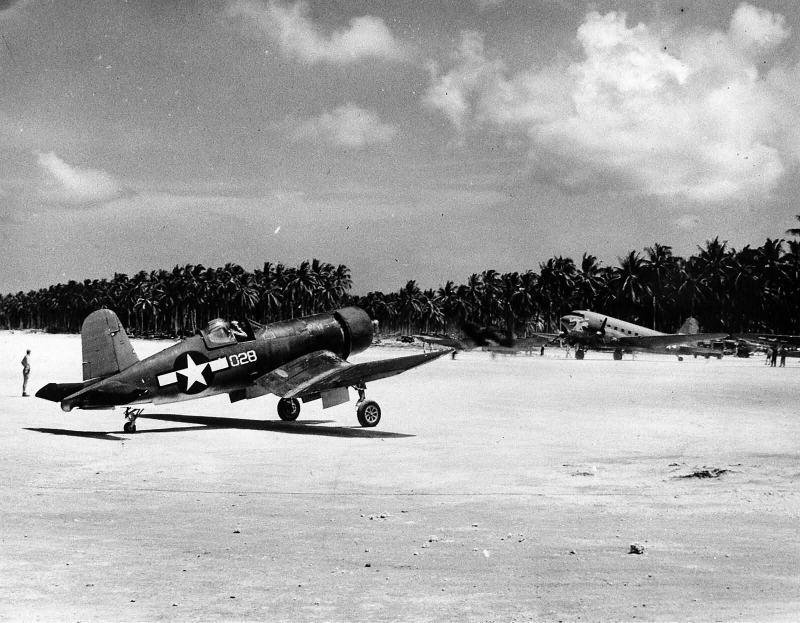


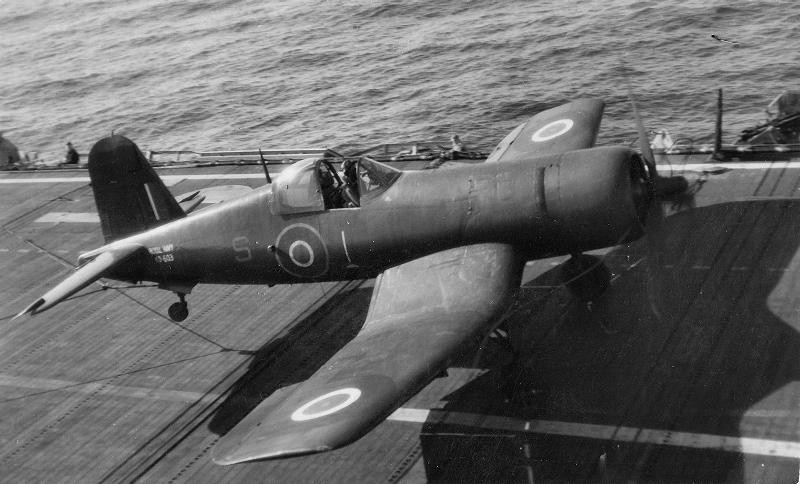
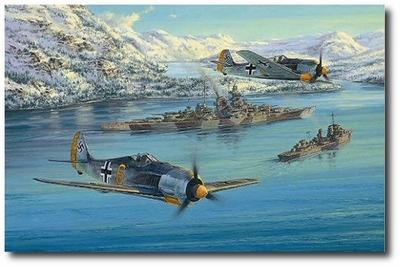

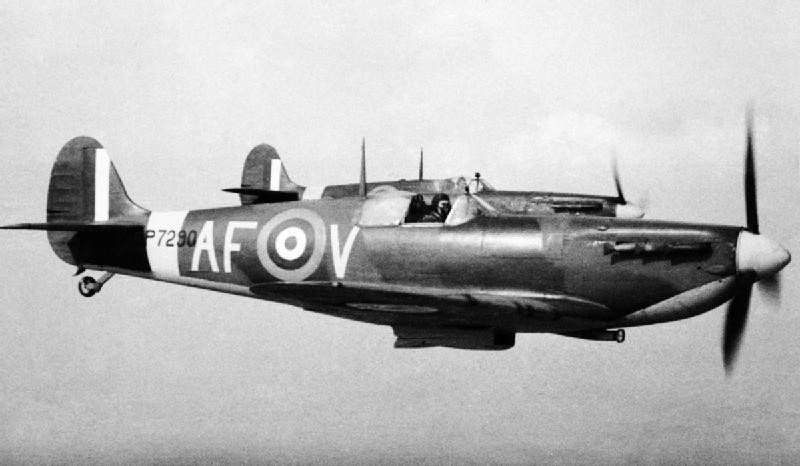
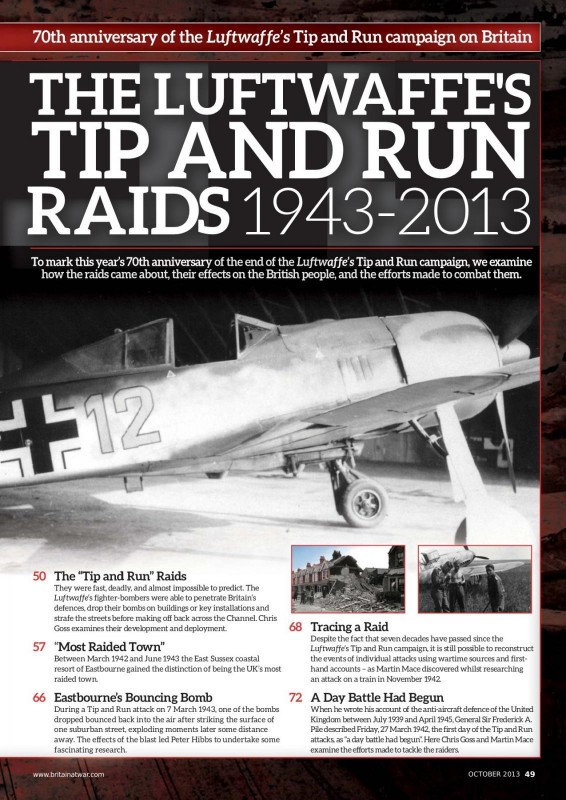
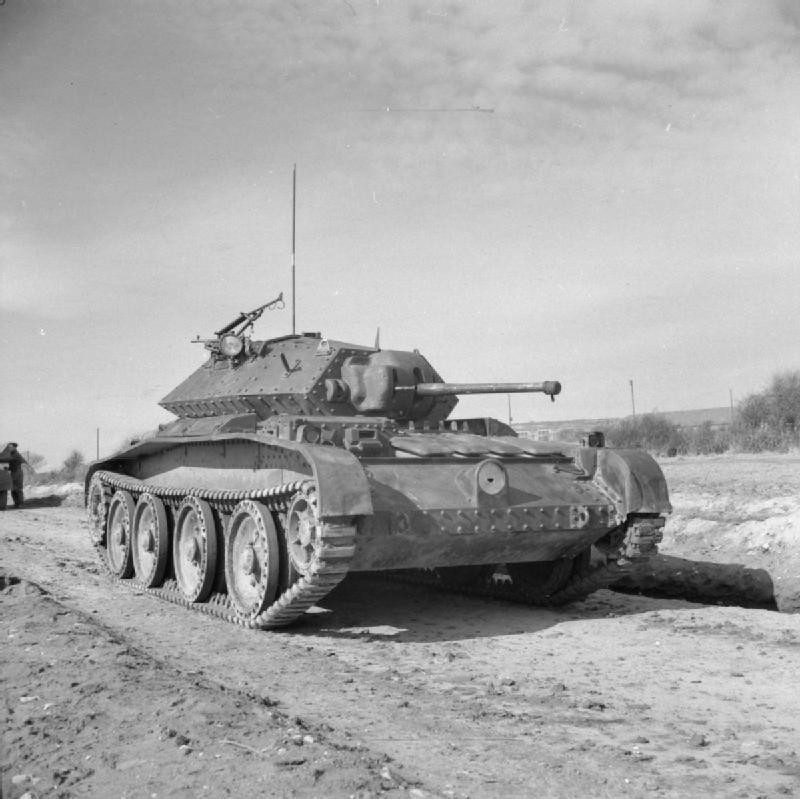

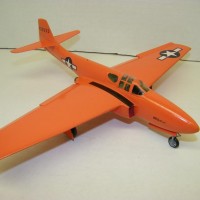
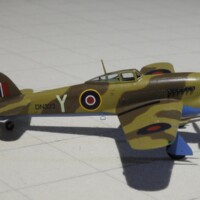

You realize this daily post is better than the History Channel?! i don't always comment, but always read them. Thanks for this labor of love David. I think the whole iModeler world enjoys them.
Matt, you are way too kind. This series is the only thing that keeps me sane - the morning commute makes me feel like the pig on his way to becoming tomorrow’s breakfast. Really have no idea what I’ll do when the series ends in the fall. Guess I’ll need to find myself a hobby.
@coondog
Or continue ...
Agreed Matt ! Definitely better than the History Channel.
I'm also one of those Imodeler members that is a great big fan of this daily series.
Thanks David for making our days more enjoyable.
Louis, when you going to push the button on a Corsair build - you’ve no idea how hard it is trying to get a bent wing in each episode...
OK my friend @dirtylittlefokker
Will do. Please check out the newest build journal posted here.
https://imodeler.com/groups/work-in-progress-aircraft/forum/topic/1-48-tamiya-f4u-1-birdcage-corsairs/
I think you will like it... You might even be able to talk me into building a few FAA Corsairs in with this mix, since the "Iron Werks" will be gearing up.
Is there anything that isn't better than the Histericaly Channel?
Seriously, David, this stuff is really good. Even when I point out the caption gremlins' hard work.
Tom, I was just about to crack the ‘Hysterical Channel’ joke and you beat me to it. Great minds think alike and fools seldom differ, huh?
I appreciate all the edits and annotations, Tom. Hope you’ve noted the improvement recently, mainly due to your influence. Cheers.
@tcinla
Glad you managed a carrier spot.
Many more coming up very soon, @roofrat
Usual excellent post buddy, always enjoy the read.
As with the sunset of Rob's "No Comment" posts, I will lament the passing of OTD come fall. The smell of rotting leaves will never hold the same allure for me again!
Or continue ...